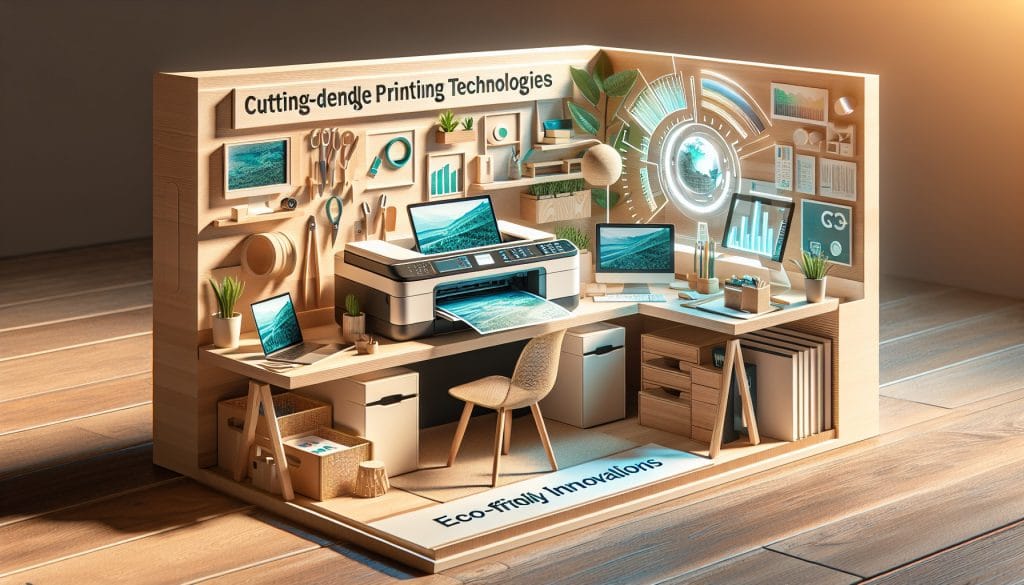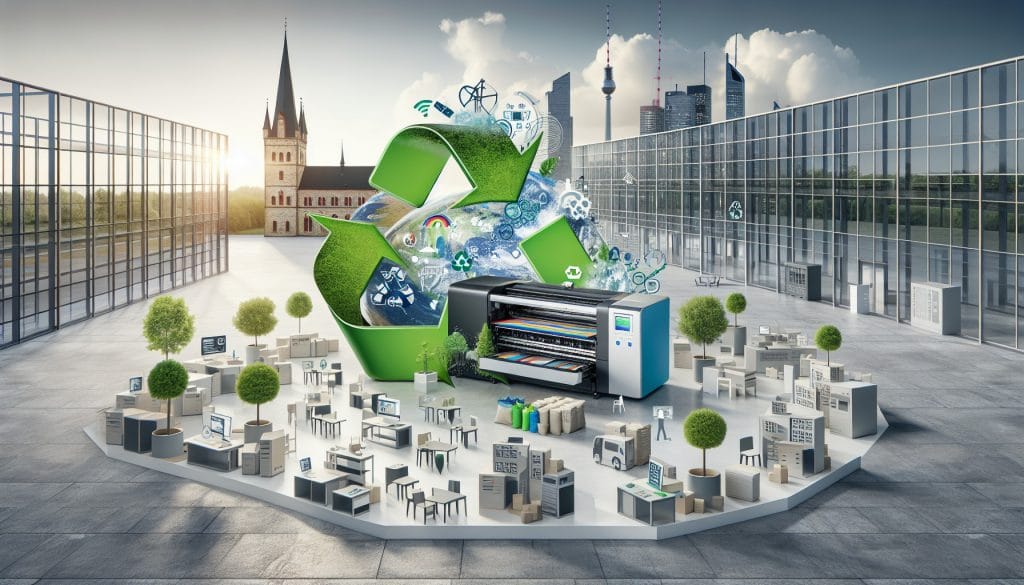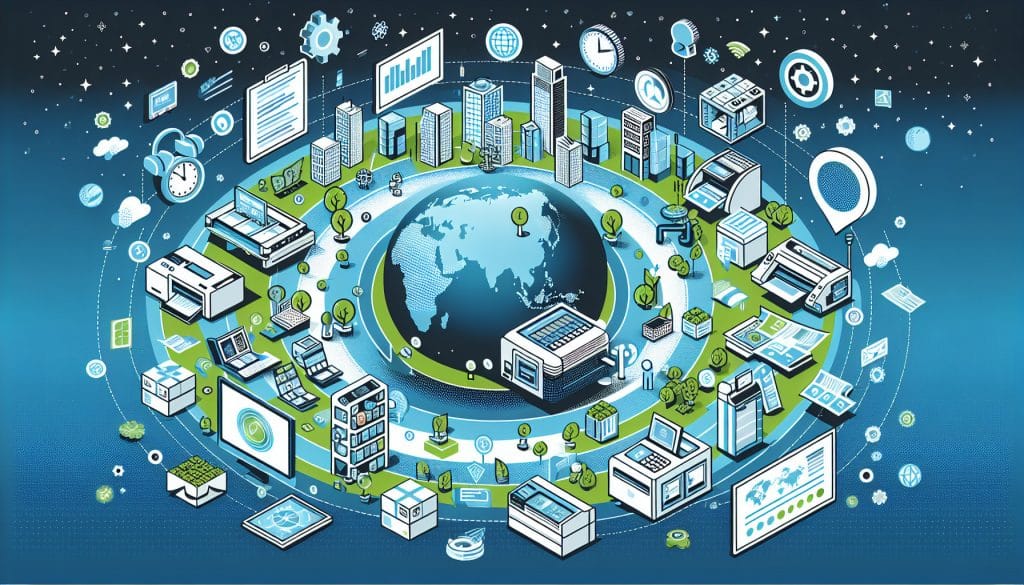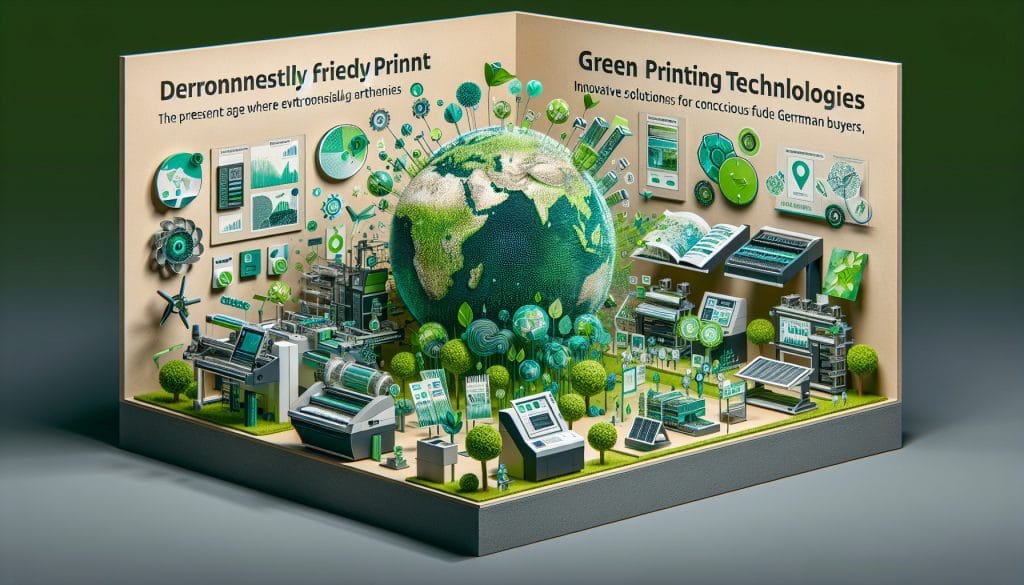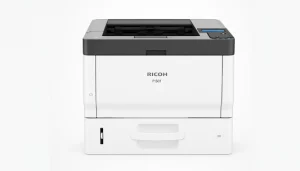Introduction to Sustainable Printing Technologies
In today's modern working world, sustainable printing solutions have taken on a central role. While the environmental impact of traditional printing is well documented, new technologies and innovative approaches offer promising alternatives. This is particularly relevant in the home office, where the demand for efficient and environmentally friendly printing solutions is increasing. In this article, we will explore the different facets of sustainable printing technologies and provide a comprehensive overview of their potential in modern working environments.
The importance of sustainable printing solutions
Sustainable printing solutions are important not only for environmental reasons, but also for economic reasons. Implementing such technologies can help reduce operational costs while reducing a company's environmental footprint. Research shows that companies that adopt sustainable practices often also report higher employee satisfaction and productivity.
Benefits of using sustainable printing solutions
- Reducing paper consumption: By using digital documents and printing on recycled paper, paper consumption can be significantly reduced.
- Less waste: Sustainable printing solutions minimize waste by reusing materials and using environmentally friendly inks and toners.
- Cost savings: In the long term, companies can save significantly through lower operating costs through efficient printing technologies.
Technological Innovations: Printers in the Home Office
Modern printers offer numerous features that not only increase efficiency but also support environmentally friendly practices. These technologies include duplex printing, which can reduce paper consumption, and energy-efficient models that use less electricity.
The Role of Laser Printers
Laser printers have established themselves as a preferred option for many home office users. They are known for their high printing speed and ability to handle large print jobs efficiently. Ricoh models in particular are known for their reliability and support for sustainable printing solutions.
An example is the Ricoh D014 9640, which is used in many offices and home offices. This model not only offers first-class print quality, but is also designed to use environmentally friendly toners.
Printing technologies in comparison: ink vs. laser
Choosing between inkjet and laser printers can have a significant impact on the sustainability and efficiency of the printing solutions. Inkjet printers tend to use less energy but can be inefficient when it comes to ink cartridges. Laser printers, on the other hand, have a longer lifespan, reducing the need for frequent replacement.
Efficient document management
Another important aspect of sustainable printing solutions is document management. Well-structured document management can not only increase efficiency but also limit paper consumption. Digital archives and cloud solutions allow documents to be stored securely and accessed when needed.
Implementing document management software and tools reduces the need for physical prints and allows for better control of print volume. This is not only environmentally friendly, but also practical for organization and productivity.
The role of home offices in promoting sustainable printing solutions
The increasing prevalence of home offices has raised awareness of sustainable printing solutions. Many employees are now responsible for their own printing needs, which motivates them to make environmentally conscious choices. In a home office setup, it is therefore important to choose the right tools and technologies that offer both efficiency and environmental friendliness.
consideration of consumables
One of the biggest challenges for sustainability in the printing sector is the handling of consumables such as ink and toner. Using refillable and recyclable cartridges can help reduce waste. Ricoh Toner MP C2551 is a good example of environmentally friendly consumables that combine excellent print quality with a more sustainable production method.
Best Practices for Sustainable Printing Solutions in the Home Office
To effectively use sustainable printing solutions in the home office, certain best practices should be followed. These include:
- Digitization of documents: Reduction of physical prints by switching to digital formats.
- Choosing the right printing device: Invest in energy-efficient printers that use sustainable materials.
- Fixed printing guidelines: Implement stricter policies to avoid unnecessary printing.
The future of sustainable printing technologies
The future of printing technologies will be strongly influenced by the ongoing innovations in areas such as sustainable materials and energy-saving devices. Researchers and companies are currently working on new techniques that can further minimize the ecological footprint of printing technologies. These include:
- Bio-based inks: Inks made from renewable raw materials to further reduce chemical waste.
- 3D printing technologies: In the future, these could also be used for printing office supplies, which would minimize material consumption.
case studies on sustainable printing solutions
Many companies have already successfully implemented sustainable printing solutions. A well-respected multinational company saved over 30% of its printing costs within two years by introducing digital documents and energy-saving printers. Such case studies show that with the right technologies and strategies, both efficiency and environmental protection can be achieved.
Conclusion
Sustainable printing solutions are an essential part of the modern working world, especially with regard to home offices. Choosing the right technologies and practices is crucial for optimizing efficiency and environmental awareness. Companies and users should always stay up to date with new developments in order to implement the best solutions for their needs. Incorporating sustainable printing solutions can not only reduce the ecological footprint, but also lead to significant savings and increased productivity.






